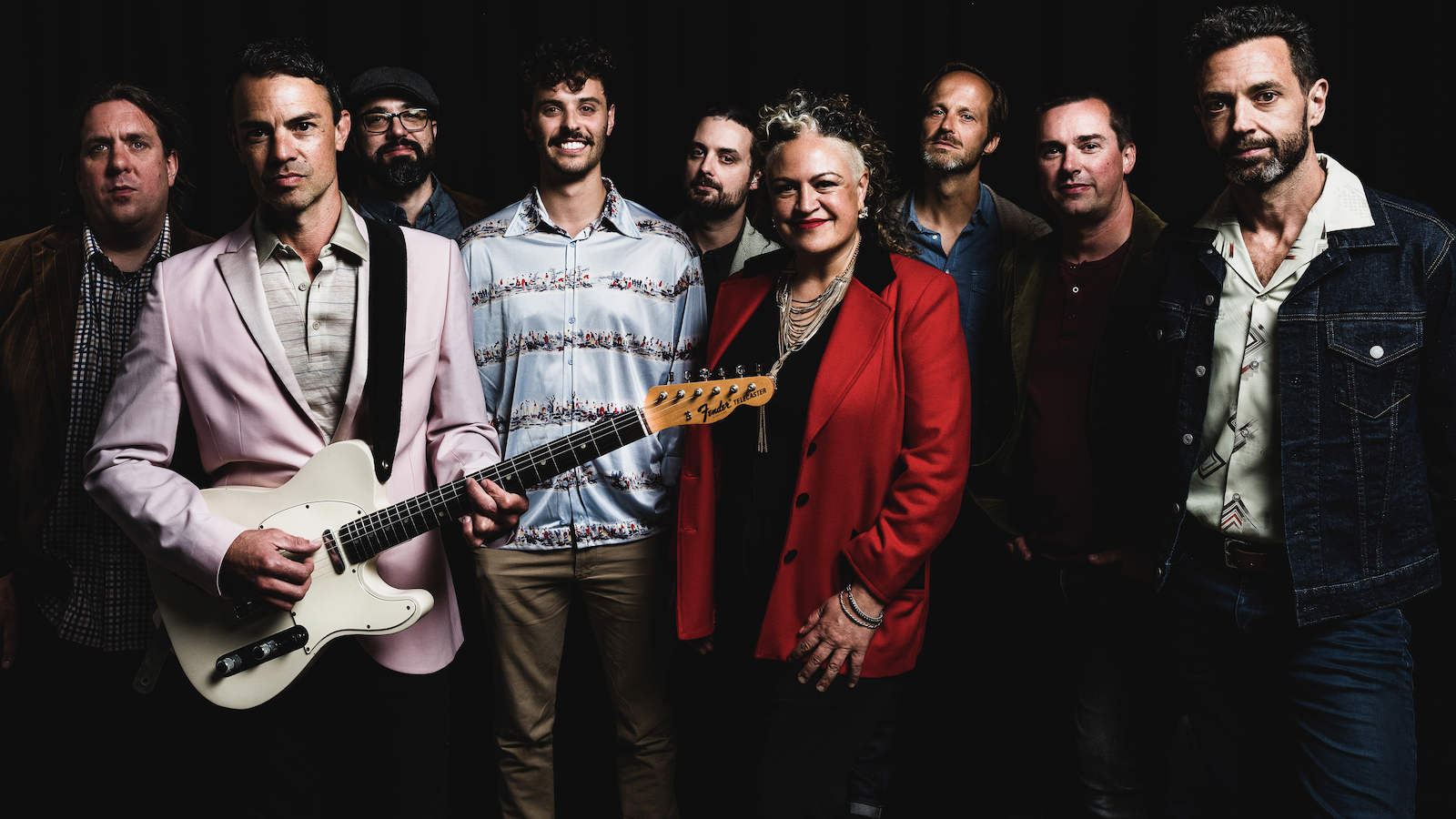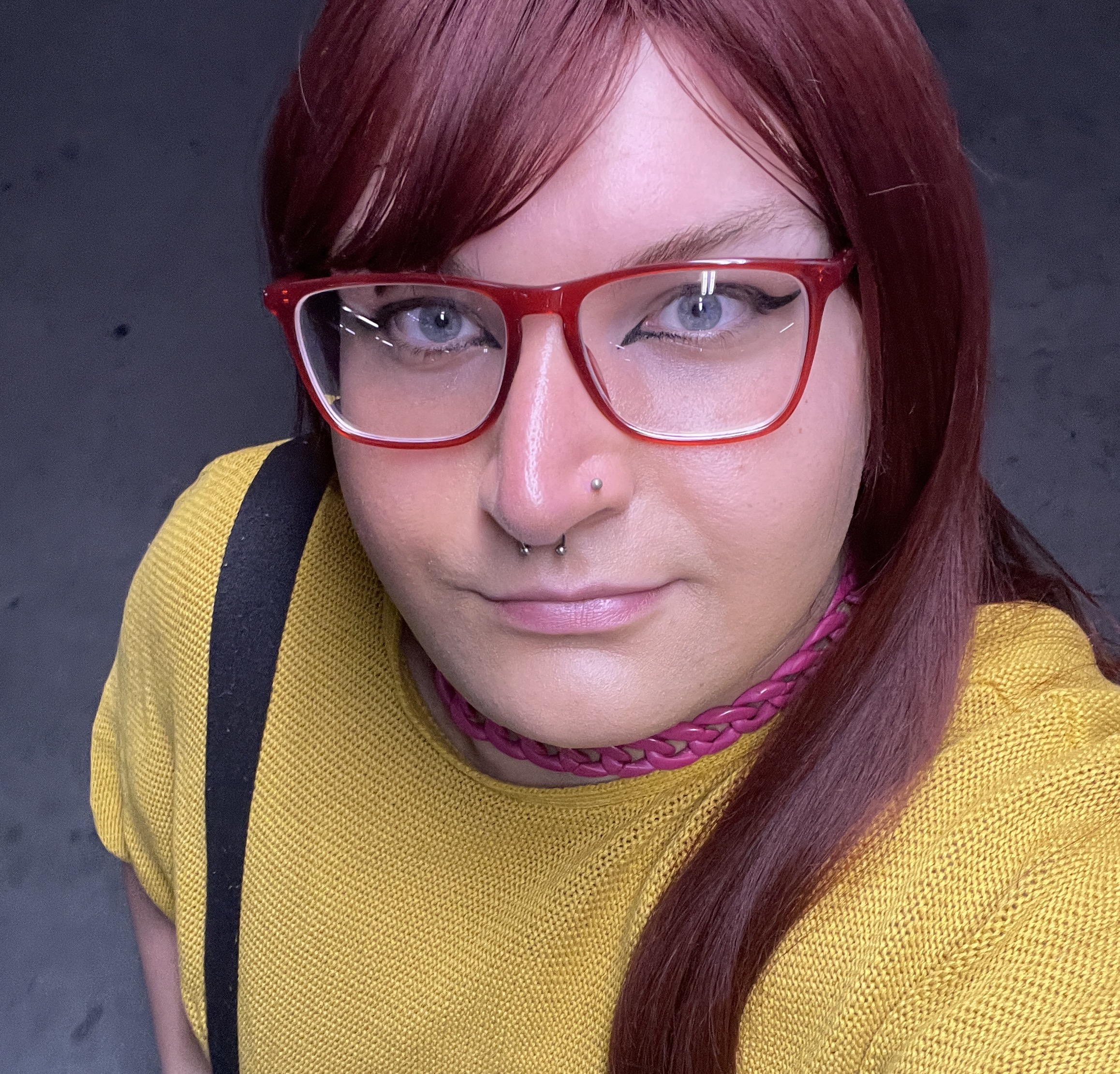The Bamboos’ Lance Ferguson: “I found it far more enjoyable, because everyone was putting in more creative energy”
Even after 20 years at the forefront of Australia’s funk and soul scene, The Bamboos are still finding new ways to energise and amplify their sound

Since the dawn of the new millennium, The Bamboos have reigned as one of the brightest and most unflinching acts in Australian funk and soul. And although plans to celebrate their 20th anniversary were put on ice by last year’s plague, the Melbourne-native nonet have no plans to settle any time soon. Case in point: their formula-shattering tenth studio album, Hard Up.
In effort to eviscerate The Bamboos’ time-tested status quo, the band opted not to record LPX in a studio. Instead, they headed to the North Victorian countryside town of Lancefield (no relation to ringleader Lance Ferguson), renting out a mansion where they’d spend a little over a week jamming out to their hearts’ content. Collaboration was key, with all nine members throwing their unique musical voices into the mix. The end result is an irrefutably expressive record, jam-packed with rhapsodic rhythms and gloriously groovy beats.
Australian Guitar got down to wire with Ferguson to vibe on the unusually breezy backstory behind Hard Up, and why out of all the guitars he had at his disposal, the star of the show became a prized Gibson ES-125 TDC.
What was it like to make this record off the grid for a change?
It’s something that we’ve always wanted to do. We’ve been together for 20 years, and I don’t know how long we’d been talking about this, but it seems like forever. Usually it’s kind of rushed – when you get into the studio, the clock is ticking and you’ve got to be as efficient as you can in there. And we’ve always thought, “What if we went up to the countryside and converted a house into our own studio for a week or two? What if we had the luxury of doing drum takes in the middle of the night without disturbing anyone?” And we just finally did it!
We converted the lounge room into the rhythm section’s room, the horns were in the dining room, the control room was in one of the bedrooms… It was really cool. And we took the MO of going song by song. Everyone was in there working together, and we just threw everything we could at a song until we got it to a point that we felt we all liked. It was a much nicer way to do it. Y’know, when you get a group of people you like, with a common goal in mind, and you’ve got all the time in the world to throw around ideas, great stuff can happen.
Did you all have a looser sort of approach to the creative process in general?
Yeah, I think so. Usually I’ll make demos for all the tracks, and they’re fairly detailed, and sometimes a guitar part or a keyboard part will make it into the finished track if it’s really close to how I’m imagining the finished track would sound. Typically when we’d go into the studio, it would be about emulating those demos and making them sound cleaner or tighter – but for this record, because we had the luxury of more time, some of those demos got completely turned on their head.
We’d come up with completely different grooves on certain songs, or take them in completely different directions. And that was great, because when there’s more than one brain interpreting something, you end up with a much more dynamic sound. If anything, it took a lot of pressure off me – I found it far more enjoyable, personally, because everyone was putting in more creative energy, and it wasn’t necessarily all on me to call the shots.
Get The Pick Newsletter
All the latest guitar news, interviews, lessons, reviews, deals and more, direct to your inbox!
Did you find that in really taking on everyone’s opinions and ideas, you wound up with a more diverse, or more exciting set of sounds?
It’s hard for me to give some perspective on that, because I don’t know what the listener’s experience will be when they listen to a track. If you as a listener are feeling that in comparison to some of our other stuff, I definitely think the collaborative aspects of this album’s process would have something to do with it, for sure.
What guitars did you have up in Lancefield?
I filled my car up with guitars – as many as I could fit in – and took them all up there. But I kept coming back to one particular guitar, which was an ES-125 TDC – basically a thinline hollowbody with two P-90s on it. I strung it up with flat-wounds, and it just sounded incredible. There’s something about the flat-wounds, and the kind of percussive spank they give you – especially on the bottom E and A strings, doubling bass riffs and things like that. If you listen to the tune “Ride On Time”, the double track was recorded with that guitar, and it just melds so well with the bass.
I did also have an old Harmony Meteor – I think it’s the model Keith Richards was using in the early days, with the gold DeArmond pickups on it. So that had a bit of a different kind of sound – definitely compared to your average Fender or Gibson. But on the tune “Hard Up”, for the first time I actually pulled out a Stratocaster. That’s the debut Bamboos track with a Stratocaster – it’s very unexpected for us, but that tune needed more of a straight-up blues-influenced kind of solo, and the Strat was just the perfect for the job.
What did you love so much about that ES-125?
I bought it off Tom Martin from The Putbacks – he’s such a great guitarist, and he sold me that guitar… It would’ve been around 2008 I think. The way he advertised it was, “Get that Grant Green tone,” which had me sold straight away. I’ve had it for about 13 years, and I used it on all those Cookin’ On 3 Burners albums as well. It just feels good!
Stock or tweaked?
I am a little bit of a collector, but I’m not the sort of collector that puts things away in glass cases – the MO is that they need to be things I can take out and jam on. So I have kept pretty much everything stock on the handful of guitars around me at the moment. I do put Tune-o-Matic bridges on my archtops and hollowbodies, just because they do their job really well on those guitars. But I think guitars are there to be played – I know it sounds like a very obvious line to put in a guitar magazine, but I really do love to just get my hands on every piece I can.
Tone is like colour, and each guitar has a different palate with which you can paint a picture. Why limit yourself to just blue, green and yellow if you’ve got a whole rainbow at the ready?
Yeah, that’s right! See, I was always pretty ignorant about the Fender Jazzmaster – it wasn’t the kind of guitar I would ever own. But a few years ago I had an endorsement from Fender, and they gave me a Jazzmaster – it was one of the reissued classic models they put out – and I found that yeah, it was a Fender guitar, but it didn’t have a tone that was immediately identifiable. And that’s partly because it was foreign to me, I’m sure – all the Jazzmaster fans out there will go, “Of course it does” – but I found that we could meld it into certain songs in a way that made it really sink into the mix. It sounded almost mysterious, which I loved.

Ellie Robinson is an Australian writer, editor and dog enthusiast with a keen ear for pop-rock and a keen tongue for actual Pop Rocks. Her bylines include music rag staples like NME, BLUNT, Mixdown and, of course, Australian Guitar (where she also serves as Editor-at-Large), but also less expected fare like TV Soap and Snowboarding Australia. Her go-to guitar is a Fender Player Tele, which, controversially, she only picked up after she'd joined the team at Australian Guitar. Before then, Ellie was a keyboardist – thankfully, the AG crew helped her see the light…
“The Beyoncé effect is, in fact, real. I got a lot of traffic just from people checking the liner notes”: With three Grammy wins and plaudits from John Mayer, Justus West is one of modern session guitar’s MVPs – but it hasn’t been an easy ride
“You might laugh a little. The post office shipped your guitar to Jim Root”: This metal fan ordered a new guitar from Sweetwater – but it ended up with the Slipknot guitarist



![John Mayer and Bob Weir [left] of Dead & Company photographed against a grey background. Mayer wears a blue overshirt and has his signature Silver Sky on his shoulder. Weir wears grey and a bolo tie.](https://cdn.mos.cms.futurecdn.net/C6niSAybzVCHoYcpJ8ZZgE.jpg)

![A black-and-white action shot of Sergeant Thunderhoof perform live: [from left] Mark Sayer, Dan Flitcroft, Jim Camp and Josh Gallop](https://cdn.mos.cms.futurecdn.net/am3UhJbsxAE239XRRZ8zC8.jpg)




